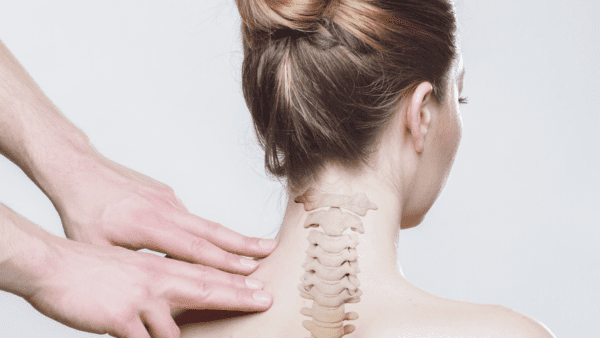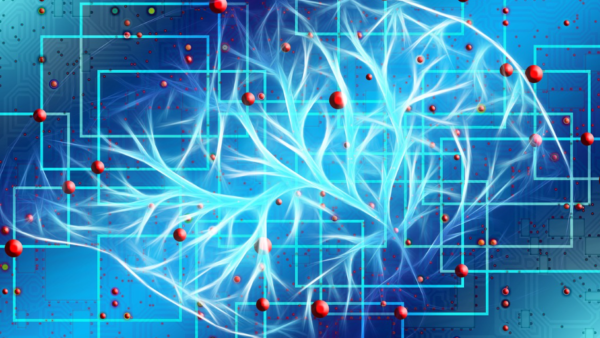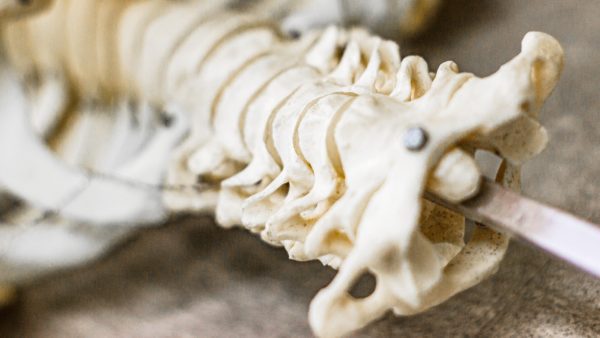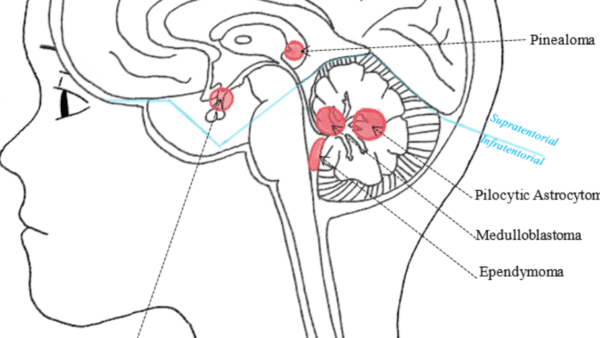Spinal cysts are benign, fluid-filled lesions that can develop at any level of the spine. They can often be asymptomatic for many years and its normal for them to vary in size and type. They can occur at any age, though are more common in over 50s and overall there is no gender difference when it […]
Articles
Supplementary Motor Area Syndrome
SMA Syndrome stands for Supplementary Motor Area Syndrome. It is a temporary neurosurgical condition first documented in 1977 and arises from damage to the supplementary motor area of the brain. It occurs in 26-100% of surgeries that take place in one of the two supplementary motor areas. We can think of it in 3 phases, which […]
Salt Disorders in Neurosurgical Patients
What are the most common salt disorders in neurosurgical patients? Various salt disorders can occur in neurosurgical patients including hormone disorders, medications-induced disorders and volume-related problems. The most common are: hyponatraemia which is a low blood sodium concentration (<135 mmol/l) without any identifiable cause SIADH – syndrome of inappropriate anti-diuretic hormone (ADH) secretion Cerebral salt […]
Spinal Dysraphisms
What is spinal dysraphism? Spinal dysraphism is a condition in which the spine does not form properly in a foetus, causing a gap in the spine. The spinal cord is the inner column of nerve tissue running along the length of the spine required for communication between the brain and the lower body. We know […]
Pediatric Primary Brain Tumors
Introduction A limp. Blurry Vision. Poor speech. Uncontrollable laughter. Altered personality. Excessive thirst and hunger. Lethargy. Vomiting. Headache. Weakness. Seizures…. Anything that the brain controls, brain tumours can impact. Brain tumours are the leading cause of paediatric cancer-related morbidity and mortality and the 2nd most common cause of paediatric cancer following leukaemia. Most paediatric brain […]





